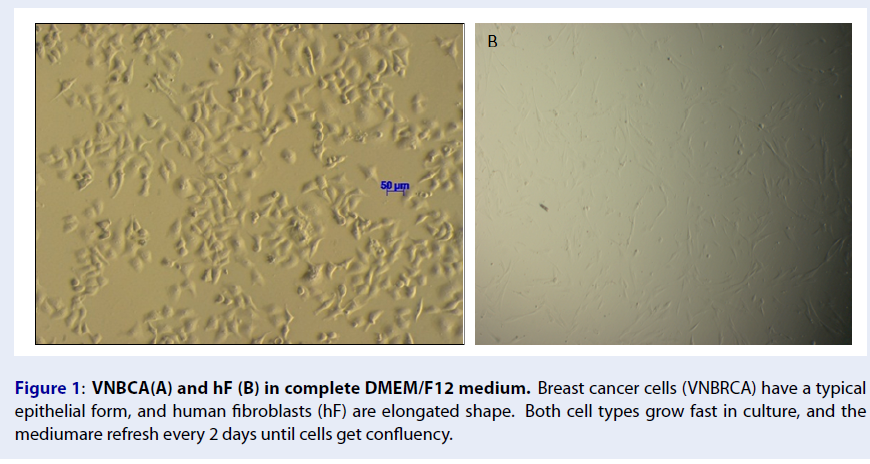
The priming role of dendritic cells on the cancer cytotoxic effects of cytokine-induced killer cells
- Laboratory of Stem Cell Research and Application, VNUHCM University of Science, VNU-HCM, Ho Chi Minh city, Viet Nam
- Stem Cell Institute, VNUHCM University of Science, VNU-HCM, Ho Chi Minh city, Viet Nam
Abstract
Introduction: In vitro cultivation of DCs and cytokine-induced killer cells (CIK cells) - a special phenotype of T lymphocyte populations — for cancer treatment has gained significant research interest. The goal of this study is to understand whether the priming from DCs helps CIK cells to exert their toxic function and kill the cancer cells.
Methods: In this research, DCs were differentiated from mononuclear cells in culture medium supplemented with Granulocyte-macrophage colony-stimulating factor (GM-CSF), and Interleukin-4 (IL-4), and were induced to mature with cancer cell antigens. Umbilical cord blood mononuclear cells were induced into CIK cells by Interferon-γ (IFN-γ), anti-CD3 antibody and IL-2. After 4-day exposure (with DC:CIK = 1:10), DCs and CIK cells interacted with each other.
Results: Indeed, DCs interacted with and secreted cytokines that stimulated CIK cells to proliferate up to 133.7%. In addition, DC-CIK co-culture also stimulated strong expression of IFN-γ. The analysis of flow cytometry data indicated that DC-CIK co-culture highly expressed Granzyme B (70.47% ± 1.53, 4 times higher than MNCs, twice higher than CIK cells) and CD3+CD56+ markers (13.27% ± 2.73, 13 times higher than MNCs, twice higher than CIK cells). Particularly, DC-CIK co-culture had the most specific lethal effects on cancer cells after 72 hours.
Conclusion: In conclusion, co-culture of DCs and CIK cells is capable of increasing the expression of CIK-specific characteristics and CIK toxicity on cancer cells.

